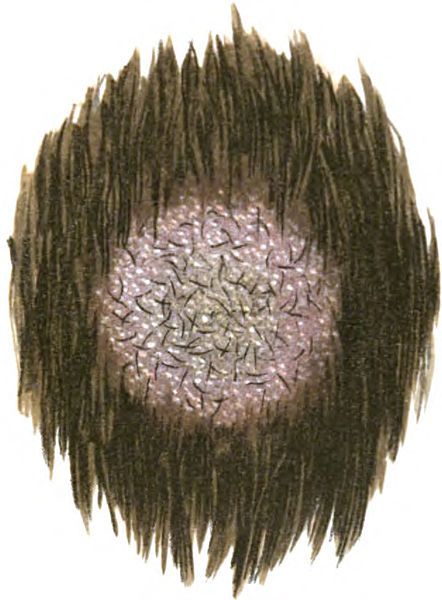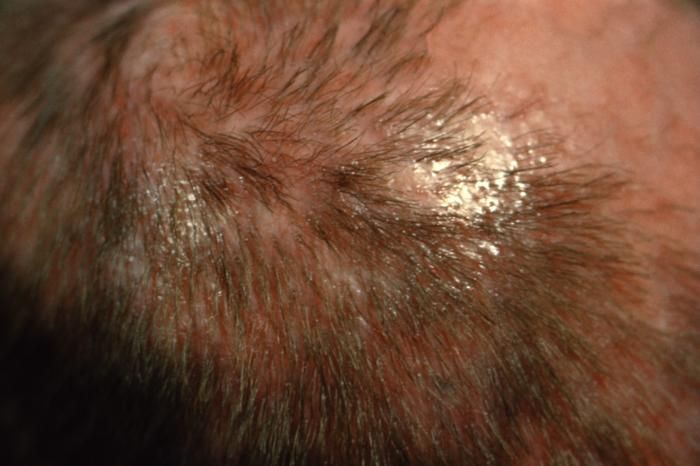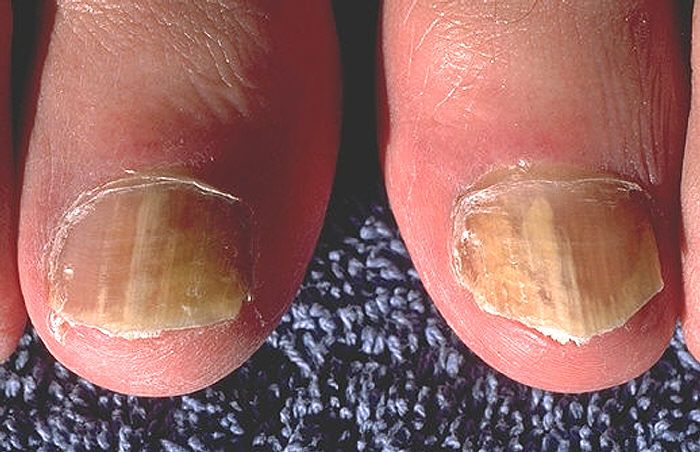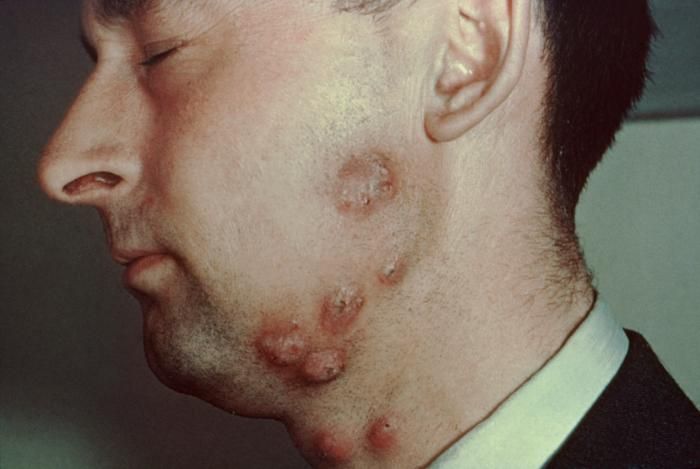Ringworm Pictures: How To Identify Ringworm On Your Body And Natural Remedies To Treat The Skin Condition
Ringworm, a fungal infection, not only affects your skin but also your nails and scalp. It's a disease that can affect several areas of your body. The skin condition affects 10 to 20 percent of people during their lifetime, with children and the elderly most susceptible to it, says the National Health Service. Tinea, the medical name for ringworm, is not a life-threatening condition and can be easily treated with over-the-counter medications sold by pharmacies. Visits to the doctor for ringworm are not necessary unless the fungal skin infection occurs on the scalp. If it occurs on the scalp, then it is treated with medication prescribed by your health physician. With various classifications of ringworm for each body part, it is important to accurately identify the type to seek proper treatment for the contagious skin condition frequently developed as a result of skin-on-skin contact with an infected person or pet.
Read more: Acetaminophen Warning: FDA Says Drug Can Cause ‘Potentially Fatal’ Skin Reaction
Ringworm Symptoms
To properly identify ringworm on your body, it is important to know the appearance of this skin condition on each body part. When it appears on the skin, ringworm makes circular, reddish patches with raised borders as the patches grow larger, and the centers of these patches turn clear, giving them a ring-like appearance, says the NYU Langone Medical Center Department of Pediatrics. Symptoms of ringworm vary based on the infected body part. To accurately diagnose what kind of ringworm you have, the NYU Langone Medical Center Department of Pediatrics suggests to look for the following:
-Scalp, tinea capitis — begins with small bumps on the head that grow larger and form a circular pattern
-Hands, tinea manus — affects the palms and spaces between the fingers
-Feet, tinea pedis — may cause scaling between the toes, or thickening and scaling on the heels or soles
-Nails, tinea unguium — causes fingernails and toenails to become yellow, thick, and crumbly
-Groin, tinea cruris or jock itch — causes a chafed, reddish, itchy, and sometimes painful rash in the groin
-Body, tinea corporis —produces flat, scaly, round spots on the skin
-Face, tinea faciei — produces red, scaly patches on the face
Common symptoms will not appear on your body until four to 10 days after initial exposure. Symptoms of scalp ringworm appear within 10 to 14 days after infection.
Read more: Acne And Diet: Milk And High-Glycemic Foods May Exacerbate This Skin Condition
Natural Ringworm Treatments
Most cases of ringworm are mild and can be treated with over-the-counter drugs. The purpose of these drugs is to get rid of the infection to prevent further spread of ringworm to other parts of the body. Antifungal creams, such as terbinafine, clotrimazole, econazole, ketoconazole, and miconazole, are specifically designed to clear fungal skin infections, says Patient.co.uk. While these pharmaceutical drugs may prove to be effective, the side effects can often make sufferers feel worse than better. Save yourself a trip to your local pharmacy and open up your kitchen cabinet for natural and quick cures for ringworm.
Apple Vinegar
The common salad dressing you use in your kitchen has natural antifungal properties that can treat your ringworm infection. To effectively use this product as a natural remedy, apply undiluted apple vinegar to the infected patch area with a swab or cotton ball several times a day until the patches are gone. The Grupocompostela Health University says the use of apple vinegar will completely eliminate the fungal infection.
Coconut Oil
The healing properties of coconut oil extend to treating ringworm infections. The oil provides relief to itchy skin while smoothing and softening the infected area. Coconut oil is also effective in treating ringworms on your scalp, says Missclinic.com. The website recommends to apply the oil at night so you can wash your hair the next day to eliminate build-up and residue. For sufferers of scalp ringworm, it is important to talk to your doctor first before considering any alternative natural treatment.
Lavender Oil In Jojoba Oil
For babies that have ringworm, a concoction made from one drop of lavender oil in jojoba oil provides a safe, soothing remedy. To apply this mixture, you can use a cotton ball or swab on the infected area.
Mustard Seeds
These tiny seeds can be useful when treating ringworm. Soak the mustard seeds in water for a while and then grind them to form a thick paste. The paste can be applied on the infected skin to provide itching and irritation relief, says Yahoo!.
Tea Tree Oil
Tea tree oil is known to have antiseptic and antifungal properties to treat various skin conditions. To use as an all-natural treatment for ringworm, use a compress soaked in tea tree oil as you place it between two pieces of clean cloth and apply to the infected area three times a day, says Yahoo! Health. Avoid using plastic as a cover for the compress. The compress should feel warm and be in sync with your body temperature as it begins to aid the skin infection. To see if your skin is sensitive to tea tree oil, visit the American Cancer Society website.
Read more: 8-Year-Old ‘Fish Boy,’ Pan Xianhang, Suffers From Rare Inherited Skin Disease
To identify ringworm on different body parts, look at the slideshow above.





Published by Medicaldaily.com



























